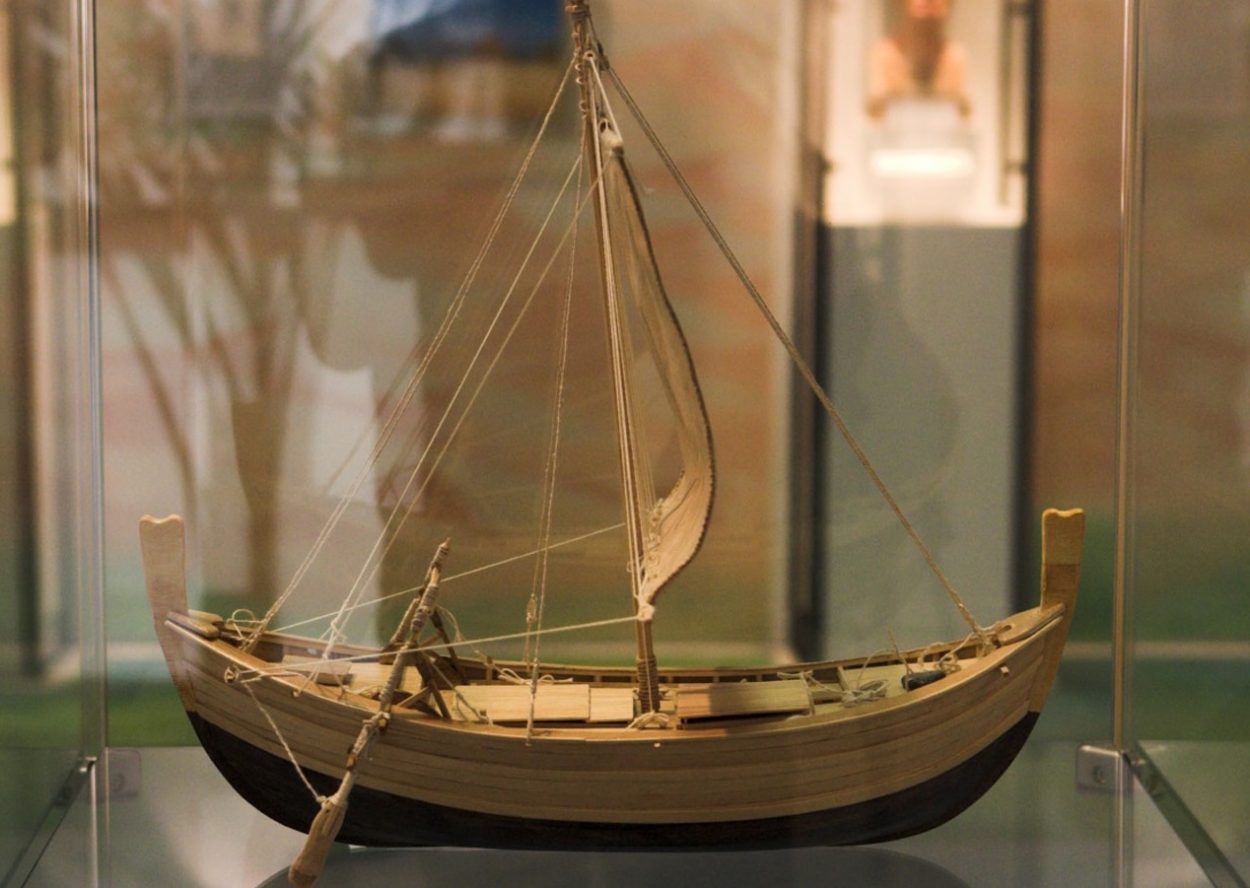A new study of the 3,000-year-old Uluburun shipwreck has revealed a complex ancient trading network during the Late Bronze Age.
The Uluburun shipwreck was discovered by a local sponge diver in 1982, close to the east shore of Uluburun (Grand Cape), Turkey.
The distribution of the wreckage and scattered cargo, indicates that the ship was between 15 and 16 metres in length. It was constructed by the shell-first method, with mortise-and-tenon joints similar to those of the Graeco-Roman ships of later centuries.
The study by researchers from the Washington University in St. Louis have compared tin from the wreck site with samples of tin found in small communities of highland pastoralists living in present-day Uzbekistan.
The team applied a geochemical analysis, which revealed that one third of the tin on the wreck originated from a prehistoric mine in Uzbekistan, more than 2,000 miles from Haifa, where the ill-fated ship loaded its cargo.
Michael Frachetti, professor of archaeology in Arts & Sciences at Washington University in St. Louis said: “It appears these local miners had access to vast international networks and — through overland trade and other forms of connectivity — were able to pass this all-important commodity all the way to the Mediterranean.”
“It’s quite amazing to learn that a culturally diverse, multiregional and multivector system of trade underpinned Eurasian tin exchange during the Late Bronze Age. To put it into perspective, this would be the trade equivalent of the entire United States sourcing its energy needs from small backyard oil rigs in central Kansas,” added Frachetti.
The current research findings settle decades-old debates about the origins of the metal on the Uluburun shipwreck and Eurasian tin exchange during the Late Bronze Age. But there are still more clues to explore.
After they were mined, the metals were processed for shipping and ultimately melted into standardised shapes — known as ingots — for transporting. The distinct shapes of the ingots served as calling cards for traders to know from where they originated.
Many of the ingots aboard the Uluburun ship were in the “oxhide” shape, which was previously believed to have originated in Cyprus. However, the current findings suggest the oxhide shape could have originated farther east. Frachetti said he and other researchers plan to continue studying the unique shapes of the ingots and how they were used in trade.
Washington University in St. Louis
https://doi.org/10.1126/sciadv.abq3766
Header Image – Replica of Uluburun ship – Image Credit : Martin Bahmann – CC BY-SA 3.0







